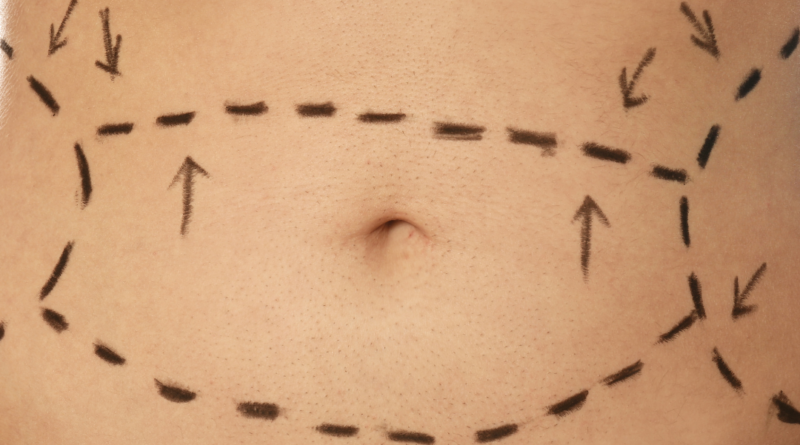Things to Know about Tummy Tuck Surgery
Tummy tuck surgery, also known as abdominoplasty, is a cosmetic procedure designed to remove excess skin and fat from the abdominal area and tighten the underlying muscles. This popular surgical procedure is sought after by individuals looking to achieve a firmer, more toned abdomen. If you are considering a tummy tuck, it’s important to have a thorough understanding of the procedure, its benefits, potential risks, and the recovery process. Here are a few essential tips about tummy tuck surgery to help you make an informed decision and prepare for a successful outcome.
Types of tummy tuck procedures
There are different types of tummy tuck procedures, each tailored to address specific concerns. A full tummy tuck involves an incision made horizontally along the lower abdomen, allowing for the removal of excess skin and fat and the tightening of abdominal muscles. A mini tummy tuck is a less extensive procedure that focuses on the lower abdomen and requires a smaller incision. An extended tummy tuck is recommended for individuals with significant excess skin and fat extending to the hips and flanks.
Benefits of tummy tuck surgery
Tummy tuck surgery offers several benefits beyond the aesthetic improvement of the abdominal area. It can help restore abdominal muscle tone, correct diastasis recti (separation of abdominal muscles), and improve posture. The removal of excess skin and fat can also alleviate skin rashes and discomfort caused by skin folds. Many individuals experience a boost in self-confidence and improved body image following a tummy tuck.
Candidates for tummy tuck surgery

Ideal candidates for tummy tuck surgery are individuals who are in good overall health, have stable body weight, and are bothered by excess abdominal skin and weakened abdominal muscles. This procedure is often sought by women after pregnancy or individuals who have undergone significant weight loss. It’s important to have realistic expectations and understand that a tummy tuck is not a substitute for weight loss or a solution for obesity.
Surgical procedure and anesthesia
Tummy tuck surgery is typically performed under general anesthesia. The surgeon makes incisions based on the type of tummy tuck being performed and carefully removes excess skin and fat. The underlying abdominal muscles are then tightened and sutured. Liposuction may be combined with a tummy tuck to enhance body contouring. The incisions are closed with sutures, and drains may be placed to collect any excess fluid during the initial recovery period.
Scarring and long-term results

Tummy tuck surgery results in permanent scars, although their visibility can vary based on individual factors and the surgical technique used. The incisions are usually placed strategically to be concealed beneath clothing or swimwear. Over time, the scars will fade but may not completely disappear. It’s important to discuss scar management techniques with your surgeon, such as the use of scar creams or silicone sheets, to promote optimal healing.
Maintenance and long-term lifestyle
While a tummy tuck can provide significant improvements to the abdominal area, it’s important to maintain a healthy lifestyle to preserve the long-term results. This includes regular exercise, a balanced diet, and maintaining a stable weight. Pregnancy or significant weight fluctuations after a tummy tuck can affect the results and may necessitate additional procedures in the future. Open communication with your surgeon and a commitment to a healthy lifestyle can help ensure the longevity of your tummy tuck results.
Recovery and post-operative care
The recovery period following a tummy tuck surgery varies for each individual. Patients are typically advised to take time off work and limit physical activities for a few weeks. Wearing a compression garment is often recommended to minimize swelling and support the healing process. Follow your surgeon’s post-operative instructions carefully, including proper wound care and pain management. Be prepared for temporary discomfort, swelling, and bruising, which should gradually subside over time.
Tummy tuck surgery offers a transformative solution for individuals seeking to address excess abdominal skin, fat, and weakened muscles. Remember that a tummy tuck is not a substitute for weight loss or a solution for obesity, and maintaining a healthy lifestyle is key to preserving long-term results. Ultimately, with realistic expectations and thorough preparation, tummy tuck surgery can provide a smoother, firmer abdomen and a renewed sense of confidence, and that’s something all patients are hoping for!



